Editor's note: We're January 1st, 2015 and i'm specially pleased to post this article today as not only it's a great one that i'm sure you will all enjoy, but it's also a way for Pat Burke, who passed away a few days before Christmas, to still be with us in this beginning of 2015.
This third article in tribute to Imagineer Pat Burke is all about a project Pat worked on and which was dear to his heart: Geyser Mountain. Envisioned for both Disneyland Anaheim and Disneyland Paris the Geyser Mountain project became a legendary one that fans from both parks have often wished it would become real one day.
But what exactly was Geyser Mountain supposed to be as an attraction? It was not easy to find the ride description until i finally found it in a 2003 Jim Hill "Why For?" article and i can't thank enough Jim to have kindly authorized me to post here his original text. For a better understanding i suggest that we start with it, after what Pat Burke will tell you his memories about his work on Geyser Mountain. Please note that Jim is describing here the Disneyland version of the ride, but it would have been almost the same for the DLP version, at least for the part about the ride itself :
Jim Hill : So, what exactly would this proposed new thrill ride for Frontierland have been like? Well, you know how Epcot's "Body Wars" is really just a variation on the "Star Tours" simulator attraction? Using the exact same technology to tell a somewhat different story? Well "Geyser Mountain" was supposed to have been done pretty much the same thing with "Tower of Terror"'s powered drop ride system. Only -- instead of sending Disneyland guests screaming down an elevator shaft -- GM would have its riders hurtling skyward. Supposedly powered by an unexpected geothermal eruption.
To explain: If "Geyser Mountain" had actually been built out back where Fantasyland and Frontierland meet, your adventure would have begun as you follow a trail out into a rough wilderness area that looked very much like a continuation of Big Thunder Mountain. So think lots more pine trees, scenic buttes as well as Bryce Canyon-like spires.
But bordering the queue of the attraction there would have been several steaming hot springs, many bubbling mud pots and some small sputtering geysers. So -- as you moved deeper into the woods -- you would have automatically thought: "Gee, there's a lot of geothermal activity back in this part of the wilderness. No wonder they call this area 'Geyser Mountain'."
Finally, you come to a clearing in the forest. There -- in front of you -- is a tumbledown cabin with a barn attached. And behind this ... the craggy peak of Geyser Mountain. Which would rumble ominously every now and then. And what's that you hear in the distance? Could that be ... people screaming?
Okay. Out in front of the cabin is a yard full of weird machinery. Which fills you in on a bit of the back story for this new Frontierland attraction. How the house that you're about to enter is the home of this eccentric inventor. The guy who actually built the amazing mining rig that was used to dig all those tunnels through Big Thunder Mountain (so the miners could go in and harvest all that gold).
Once you enter the inventor's house, you'll learn that -- prior to tunneling through the mountainside over at Big Thunder -- this guy tried out his new invention by digging dozens of test holes in the side of Geyser Mountain. And -- while he was testing his mining rig -- this guy discovered many strange and wondrous things under the ground.
To re-enforce this idea, the inventor's study would have been full of colorful crystals and enormous geodes that he'd recovered while tunneling under Geyser Mountain. There are also black and white photographs of some truly impressive stalagmite and stalactite formations that he must have encountered (and photographed) while exploring the underworld.
But the most intriguing (or should we say foreboding?) decoration in the inventor's study is a hand-drawn map of the interior of Geyser Mountain. Which is pinned up to one wall and clearly shows the networks of tunnels that crisscross through the mountainside. There -- at the very center of the map -- is a drawing and description of this extremely fierce, totally unpredictable but extremely powerful geyser that intermittently erupts from deep down inside the mountain.
Also on this hand-drawn map is a note that the inventor has written to himself, reminding him about a certain bridge that he'd installed at the very heart of Geyser Mountain. The note reads: "Reminder to self: Temporary bridge has been taking an awful pounding from geyser eruptions. Must remember to make repairs." The only problem is ... this note is dated back in the early 1920s.
Okay. Exiting the study, we now find ourselves in the barn. Where -- surprise, surprise -- Disney officials have recently found the amazing mining machine that our eccentric inventor used for digging all those tunnels over at Big Thunder Mountain. Now the Mouse invites us to climb on board this lethal looking machine (remember the rig that Gaeten Moliere drove around in while he was tunneling under the Earth in "Atlantis: The Lost Empire" ... well, this new Frontierland ride vehicle was supposed to look a lot like that) for a trip over, around and under Geyser Mountain.
So we do. And -- with a teeth rattling rumble -- we roar out of the barn for a trip that promises to replace BTMRR as the NEW "wildest ride in the wilderness."
Okay. So how many of you out there remember the Rainbow Caverns sequence in Frontierland's old "Mine Train through Nature's Wonderland" ride? Well, the initial portion of your trip through Geyser Mountain would have been a lot like that. Your vehicle rumbling through several very colorful sequences done with black light. Rolling by giant glowing crystals and fantastic underground waterfalls.
But as you reach the very top of the mountain and -- after admiring the view from up there -- begin to make your descent back to the inventor's cabin ... a recent landside has blocked our return route. The only way back down Geyser Mountain now is to go across that rickety old bridge. (Remember the one that we were shown back in the eccentric inventor's study? That one that was shown in that hand-drawn map that was pinned up on the wall? That extremely old, in-really-rough-shape bridge that was in need of repairs?)
So our mining machine slowly starts across the rickety old bridge. The ancient span of timbers creaks ominously as this heavy piece of equipment chugs across the darkened chasm. The only light in this entire area is the sunlight that's coming pouring in from above. (As further proof that this area is geologically unstable, the top of Geyser Mountain appears to have been blown off in some previous eruption. So think of this section of the ride as being set inside of the cone of some sort of dormant volcano)
As our vehicle reaches the center of the bridge, the span suddenly starts to sag in the middle. As the amazing mining machine tilts to one side, we all think we're all about to fall to our deaths. Once the bridge collapses, we'll be impaled on all those lethal looking stalagmites below. It all seems so hopeless. But then ...
What's that rumbling sound? Oh, no! This situation couldn't get worse. Or could it? Geyser Mountain is about to erupt!!
And -- with that -- seemingly heaved up off the collapsing bridge and into the air by the power of the geyser, our mining rig is thrown straight up into the sky. We literally seem to bounce up and down on top of this powerful stream of super-heated water. For just a moment, our vehicle pops out of the top of Geyser Mountain itself. We get a brief glimpse of the Rivers of America below us. The top of Splash Mountain off in the distance.
Luckily, the force of that geyser has heaved us out of the chasm, away from that collapsing bridge. We land safely on the rim of Geyser Mountain, then quickly rumble back down to the barn. We climb out of our ride vehicle and stumble into the nearby gift shop. Happy to have survived our recent brush with death.
So, do you get the idea here? Where "Twilight Zone Tower of Terror" uses powerful elevator motors to send guests hurtling toward the ground at faster-than-gravity speeds, "Geyser Mountain" would have used this same technology to send you soaring into the sky. Supposedly bouncing in a super-heated stream of water that was being expelled by this massive geyser."
Thanks again to Jim Hill for this fantastic description of the ride.
Editing: Although Jim is mostly right i just had more infos about the ride storyline and here it is: " It is correct that the attraction was to be based on the Tower of Terror ride system, but it was run in reverse…descending deep into the ground, then exploded upward, riding atop a powerful thermal geyser.
After entering the mine building guests would queue through exhibits and displays that set up our elevator journey deep into the tunnels and caverns below. ( Such an elevator exists at Carlsbad Caverns in New Mexico ). The elevators would first descend into the mine tunnels where various mining operations would be observed as the elevator doors open onto different levels. Then the car descends deeper into the fabled "Rainbow Caverns" where the doors reveal a breathtaking sight. The elevator operator is then given "safety clearance" to continue down to the deepest caverns where "thermal activity" sometimes makes visits impossible…but today of course we are "lucky"…we get to go!
As we descend, ominous rumblings increase and guests are able to briefly see the glowing heat-fed fissures before massive thermal eruptions force the cabin back upward and all the way to the top of the mine shaft tower. The elevator cab thrusts upward and slips back downward…the ever increasing thermal geyser belching out steam beneath the cab (like the 1959 version of Journey to the Center of the Earth). We break free of the earth and bob precariously at the top of the tower…steam escaping from all around below the cabin. Then like a cartoon…the geyser stops with the cab motionless for an instant. Then we fall back downward landing deep in the earth on a pillowy cushion of receding steam. The operator is able to regain control of the cab, and brings the elevator back up to the entry level on the side of the mountain."
So, why Geyser Mountain ended to never been built at Disneyland, you ask ? Well, Jim gives an explanation in his article, and according to what i've been told, Imagineer Bob Baranick was the one leading the project and Geyser Mountain was an attempt to make something decent out of the old Cascade Peak area which they were threatening to remove from Frontierland. In the end, the least amount possible was spent...not to save the mountain and falls, but to demolish it. Once that decision was made, there seemed to be little interest in Frontierland's expansion including Geyser Mountain and the attention shifted to the development of DCA where was built the Twilight Zone Tower of Terror. And, as Jim Hill had written in his 2003 post "...by doing that Disneyland officials pretty much snuffed out any chance of a version of "Geyser Mountain" will ever get built in Anaheim anytime soon. After all, you don't want to build too many attractions that use the very same technology too close together at the same time, otherwise, they undercut the effectiveness of one another."
But there was another reason, more technical: much of the attraction was housed underground as it would be impossible to disguise a 13 story tower in the existing Disneyland Frontierland. Thus all the mine scenes and caverns were created in basement structure, leaving the ultimate height only about 70 feet ( 20 feet lower than Big Thunder ). The problem ended up being that of capacity. Tower of Terror has 4 to 6 elevator entries and it would have been very difficult to create a scene that looked believable and made room for all those mine elements.
Above, a view of Disneyland Paris Frontierland Geyser. According to Pat, Geyser Mountain would have been built behind.
And now here is Pat Burke who will tell you in his own words how Geyser Mountain would have been built as Pat was among the ones who worked with Bob Baranick on the Geyser Mountain project.
Geyser Mountain is a term for the one designed for Disneyland by Tony and Bob Baranick around 1994, but i don't think that one used the Tower of Terror mechanism and was a wooden constructed head frame design much smaller in size. I also had fun designing a base camp of mining buildings that would cover the built up berm's ground level and below in the load/unload area based on all the mining building I had seen and documented in my travels since age seven. Much like Big Thunder, all elements like wood and stone with steel would be employed.
Above, one of Pat's favorite photos of the famous Wrigley Chewing Gum mansion on Catalina island in California that he wanted to design into the Geyser Mountains architecture. He loved the roof details.
Above, Pat's picture of the giant Pelton wheel, from 1895. It's a monument now and Pat had thought about using a similar one on DLP's Geyser Mountain.
Guests would be witness to many eerie and natural wonders of the caverns below. Another aspect of the "Geyser" attraction - much like the Eiffel Tower which the Ravenswoods may have visited - would have been the panoramic view as you are carried upward for that last vision of Thunder Mesa through the erupting Geyser field in the foreground. This would have been the Best view of Big Thunder Island also from the multiple cages facing it. Guests on the ground would witness the enormous steam eruption that would lift the massive 2 tons pressure check valve ball, releasing the steam from caverns below. The cages are only open from the front, blocking your view of backstage, but guests will be aware of the vibration from the steam traveling through the center heavy riveted twisted steel pipe at their side, right before and during the eruption of pressure.
Above and below, the two Geyser Mountain front and side elevation drawings that Pat did in 1996, trying to put the Geyser ride around the Tower of Terror metal ride system.
I never heard back about the meeting for the Geyser ride for DLP, but was told not to spend any more time on it. I did however on my own free lunch time and after work as you never know when it will pop up again for a new project like the first Big Thunder did. About that time in 1998, DCA was being designed and the Grizzly Rapids Team under Chris Runco, asked me for some suggestions of items that might be used on their project. I showed them some mining and logging equipment like a steam powered logging mule/winch that might be used and they eventually bought one. As they needed 2 waterwheels, I introduced them to my North Star Powerhouse Pelton wheel and a blacksmith made all steel wheel like I have at Rose's Blacksmith in Thunder Mesa at DLP. DCA had a very thin budget and they decided they could only afford one of the two I came up with. They picked the 1885 Pelton wheel which was not for sale so they reproduced it for the Grizzly Rapid's and it is a prominent feature of the attraction now.
Above, at DCA, the copy of the Pelton wheel which is used in the Grizzly River Run attraction. A great picture by Tours Departing Daily
Above and below, three pictures of Tokyo Disney Seas Gantry for the shipping dock at American Waterfront. This is how Pat would have constructed the EDL Geyser Mountain Head frame out of steel with rivet connections. Pat drew up the design for those Gantry wheels and made an old style wood pattern. They were sand casted out of iron at Hiroshima's old foundry just like back in the 1870's. They weighed about 400 pounds each.
Don Goodman was the most excited about it and wanted to put it in WDW's Frontierland near Big Thunder. They had Tower of Terror by then in 1994, but he didn't thought it would matter as this was so different looking and separated. He said VP Eric Jacobson should see it and Don would get the money to build it within a month. I think that was August and I was so excited and told my manager Nancy Hickman. Tony and I felt DLP was really the perfect spot for it because of the deep water table there. Florida would have to build it up on a mountain to escape the water table issues they had. But there was a steel Railroad rotating bridge behind Big Thunder at WDW for the park train that would have tied into the Geyser attraction quite well.
Several months passed and then 9/11 happened. I had not heard back from Don Goodman, and gave him a call to find out what was happening. He seemed to have turned 180 degrees and to my disappointment was no longer excited about the project. May be it was 9/11 that brought about his change and support, but I never heard.
As for Disneyland, I remember having Disneyland Splash Mountain Show Designer John Stone placing Geyser Mountain on Tony Baxter's Disneyland Frontierland/Discovery Bay expansion model near Big Thunder where it could work if separated enough for a scale reason, maybe back in the woods area. I wonder if Tony will get his project built as it could be great for Disneyland's Frontierland and even better for his Disneyland Paris Thunder Mesa."
Because i didn't understood very well what would have been what on Pat two drawings i put numbers on them and asked him to give me further details for each of them. You have Pat answers between the two pictures. Note that his answers refer mainly to the numbers on the first picture below, except for No 11, on the second picture.
No.2 This is the twisted, rolled and riveted iron pressure pipe that brought the excess steam up from the ground and mines below to the pop up valve above. A riveted all steel staircase wraps around the central pipe within the head frame below and is used for emergency evacuations to elevators on both sides from multi floor levels. Themed industrial metal handrails like I developed for the TDS S.S. 1912 Columbia are used here and on landings. This is more visable on front elevation.
No.3 Overhead ridge beam with pulley blocks on each end for bring up repair materials or used for repairing head frame below.
No.4 Side opening to allow guests in elevators to view out to Phantom Manor and other vistas. Other trusted walls on head frame are enclosed to protect guests and unwanted viewing.
No.5 Steel trusted frame with central pressure pipe.
No.6 Geyser Mountains main plant building of the air and water pumping station with inside working pumps viewable by guests. The Giant moving Pelton wheels would be located inside here.
No.7 Upper water shoot trestle which dumps excess water from mine into lower shoot and trestle. This would be visable from Thunder Mesa guests and park steam train that could pause in front while also viewing geysers and bubbling mud pots on right side of train.
No.8 Lower water shoot trestle which dumps water from upper shoot down onto rock work below forming a creek down sloping mountain.
No.9 Support trestle for water chutes above. Tool cars and track for repairing built into structure.
No.10 Wood and steel banded water tank for storage of water to cool steam powered plant below. Built into roofline design. Loved this detail.
No.11 Entrance to the Geyser Mountain main building.
Here is What Jeff had to say when i asked him, two years ago : "I completely defer to Pat's extensive and thorough description of the project, as initially requested by Tony Baxter and Tom Morris. My only encounter with such a proposed expansion, was during frequent discussions with Mickey Steinberg while focusing on the Geyser Plateau area in the early 90's. In addition to geysers and steam spouts, there was to have been a collection of bubbling mud pots and I had to keep reminding Steinberg, that we ( the Frontierland effects guys) needed extra money to make these mud pots happen for opening day. He always seemed to ignore my mud pot requests, but asked me if I had any further projects planned for the area west of the geysers. I told him, it was a great location for the right future attraction, but I was primarily focused on getting the rest of Frontierland ready for opening day. So, clearly there was already interest building toward developing some kind of attraction in the vicinity of the Geysers. I agree with Pat, that the area down toward the Frontierland Depot was never mentioned as a developmental space. Perhaps Entertainment Dept had always intended that some multi-purpose theater - like the Chaparral Stage - would be perfect there."
Above, a Yann Arthus Bertrand aerial picture of Big Thunder Mountain, the kind of view that DLP guests would have had from the top of Geyser Mountain if it would have been placed, according to Pat Burke, behind the geysers... and below another Yann Arthus Bertrand aerial shot showing Big Thunder Mountain, Thunder Mesa and Rivers of the far West, the kind of view that Geyser Mountain riders would have had, although from a lower altitude, if the ride would have been placed near Frontierland Depot.
And it's with this article that i end my tribute to Imagineer Pat Burke. As Imagineer Eddie Sotto said in a comment he left on my first tribute article : " Pat is a great example of a true Imagineer. His passion, talent, intelligence and good nature has made him someone we all owe a debt of thanks to. We enjoy so many things Pat has gone that "extra mile" to bring us. His intelligence and love for history makes us all that much richer and Disney, of course, benefits from this as we all do."
And as Pat Burke's great friend and Imagineer Jeff Burke said last week : " Though Pat Burke is sadly silenced now from sharing further wonderful stories with us, this talented yet humble story telling, show designing Imagineer has left a rich legacy of stories shining through the attractions to which he gave life. How much richer our lives are to have known him. "
All my deepest thanks to Pat Burke for his precious stories, drawings and pictures about Geyser Mountain, and to Jim Hill for Geyser Mountain description text.
Pictures: copyright pat Burke, Disney, TDR Fan, Tours Departing Daily










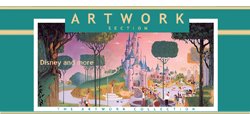
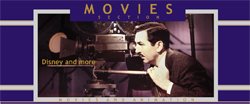



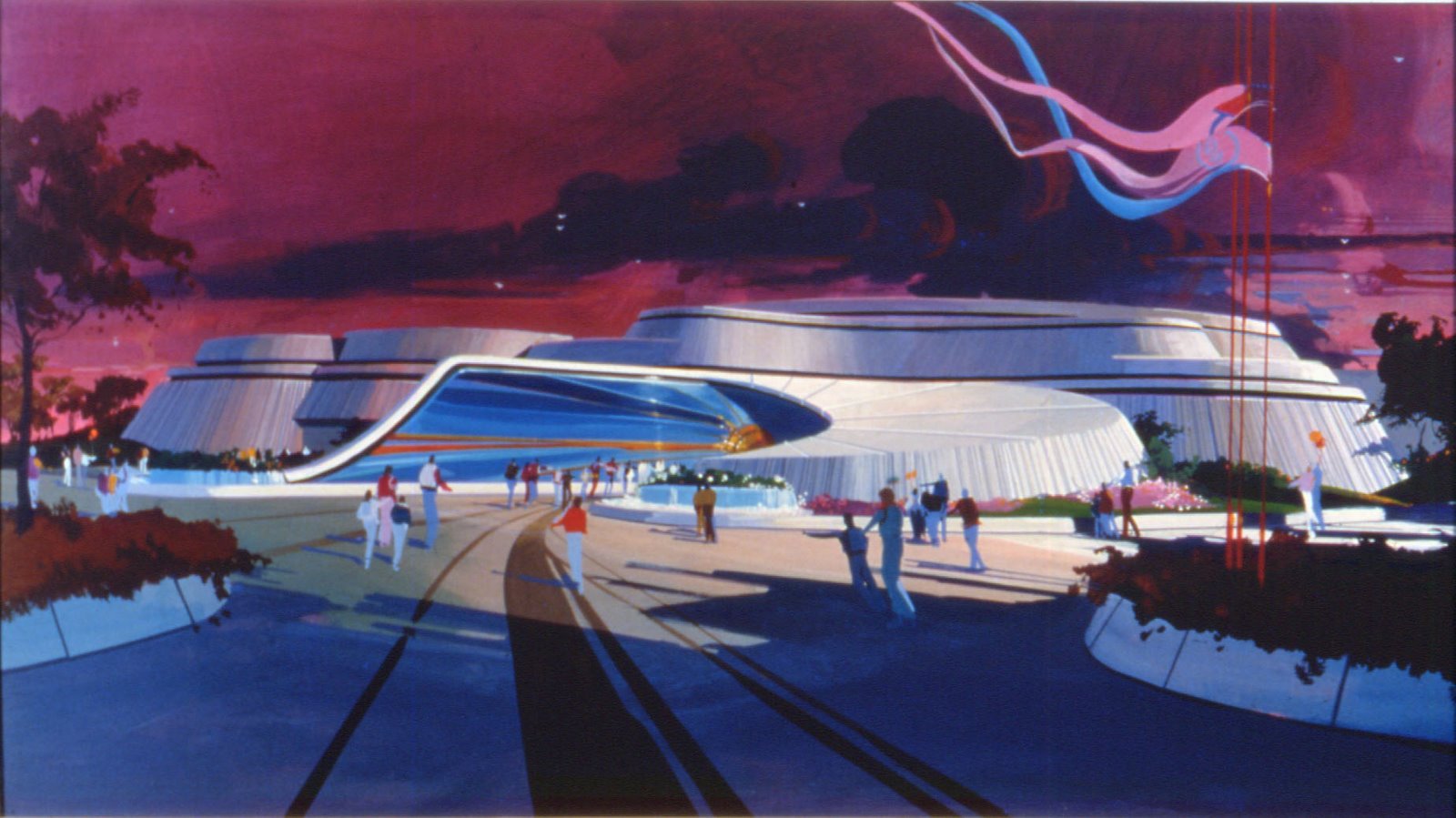







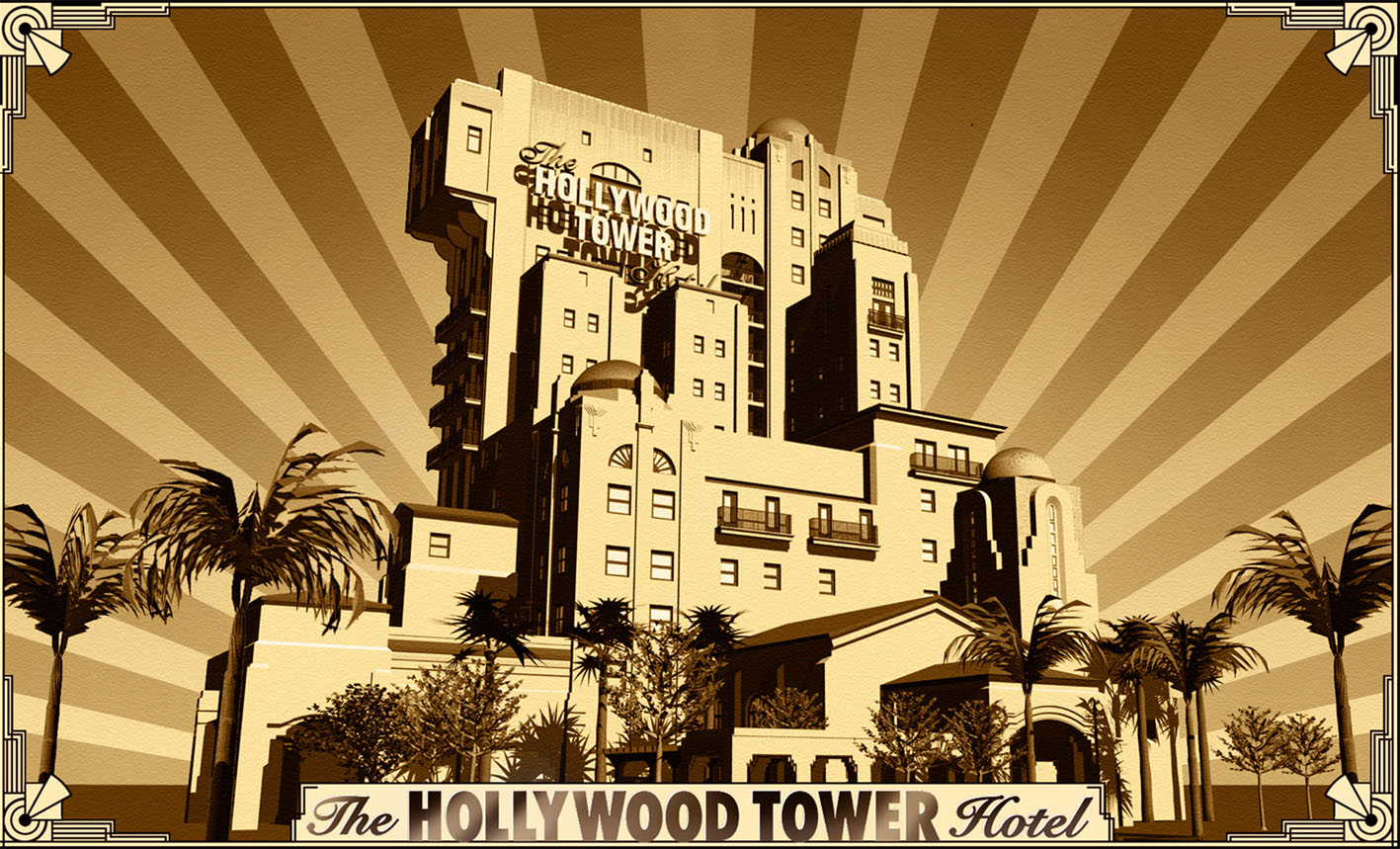



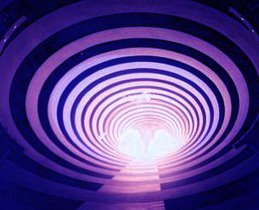
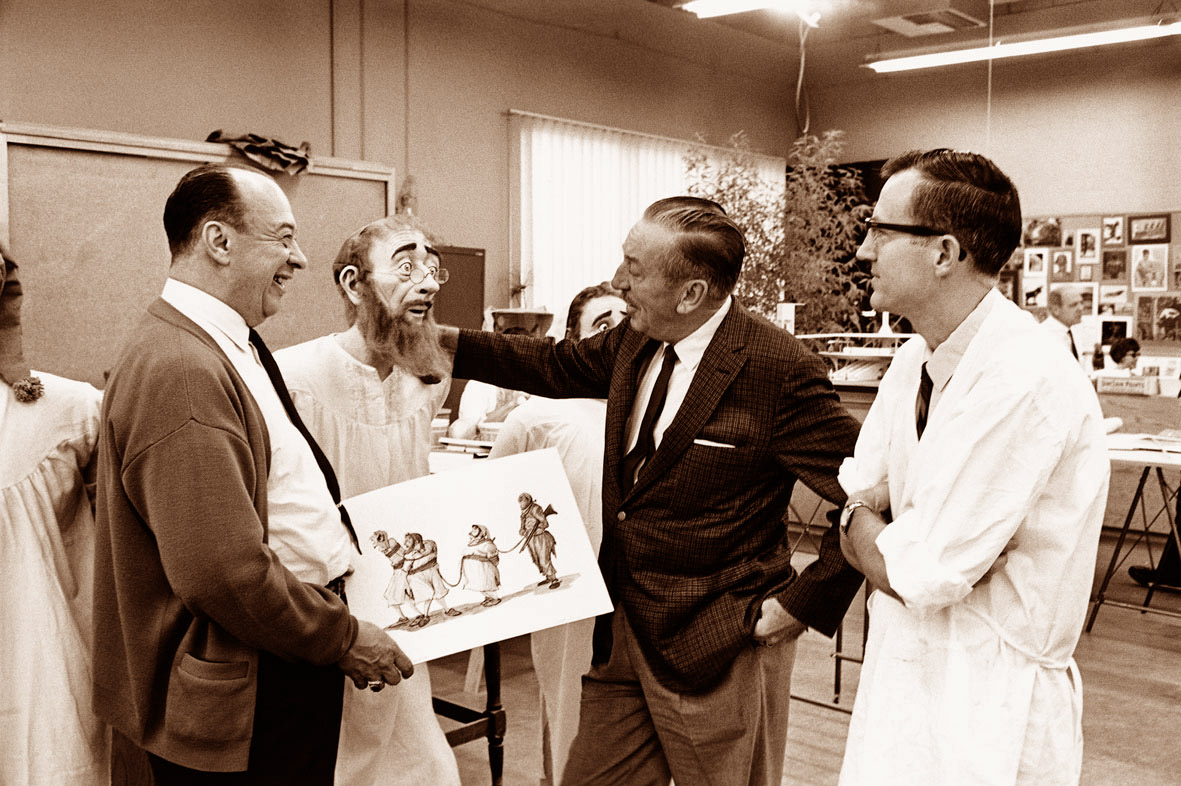
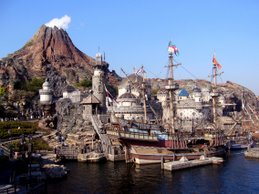

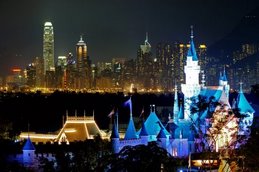











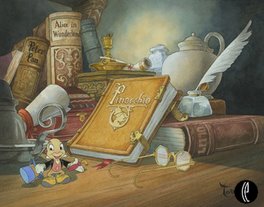
4 comments:
I always wondered how Geyser Mountain would look and the basic set up and premise. Thanks for sharing this. I love it.
Also, you've done a very nice tribute to Pat Burke these last few days. Thank you.
Waw, this is impressive to read! Thanks so much, it's great to have an insight into a Disney attraction that never was and never will be. At least not in the 4 resorts where there is a TOT. Maybe the Chinese will be lucky? :)
Alain, once again you prove why Disney and More is one of the best Disney imagineering sites out on the web. Thank you!
Mark
InsightsandSounds.blogspot.com
Hi Alain thanks for a great artical! I hope it ends up in HKDL in the area next to Grizzly Gulch that was originally for Pirates.
Regards Pete
Post a Comment